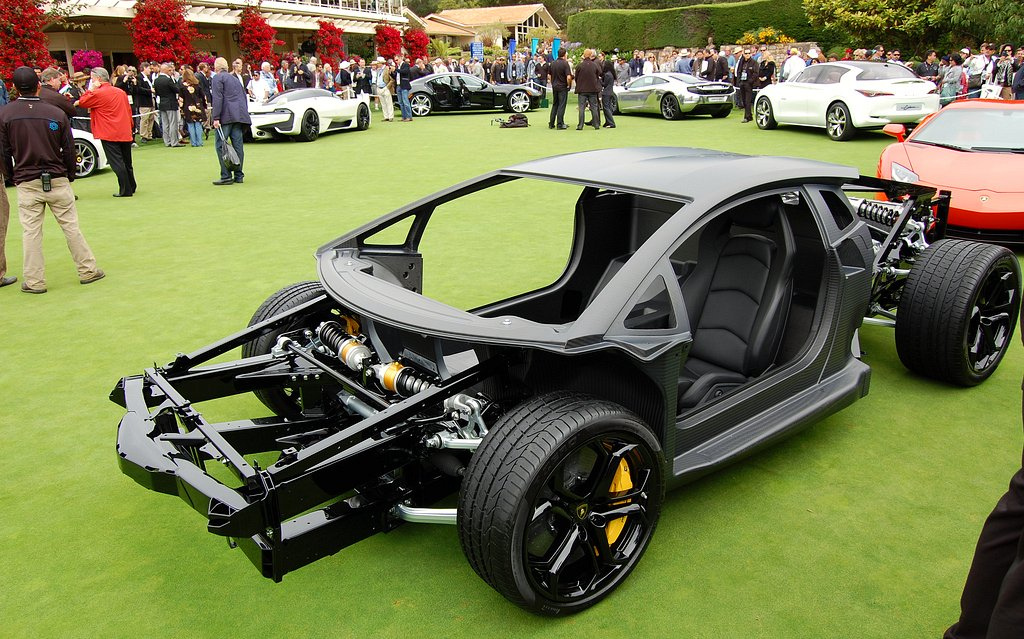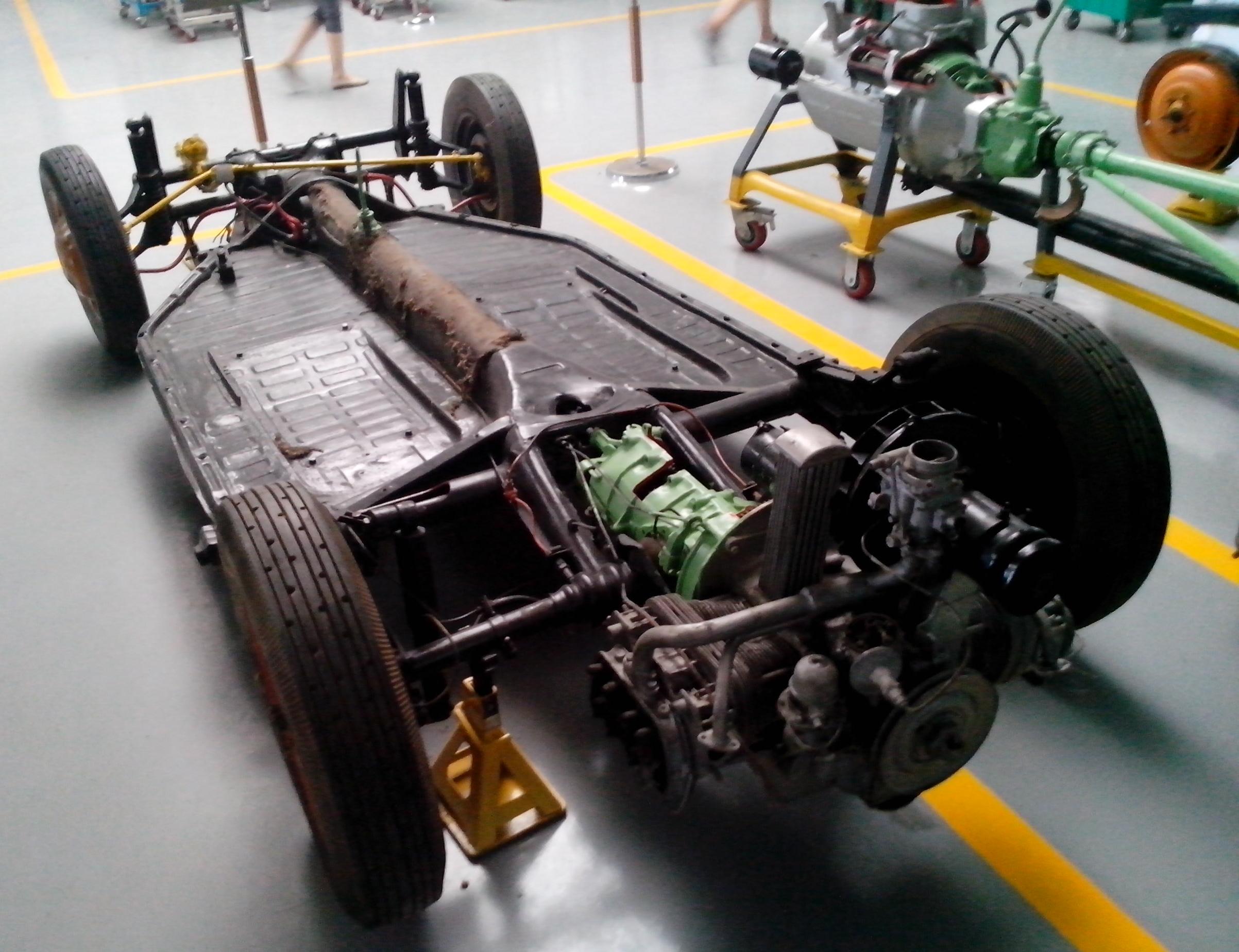Auto Body: The Chassis and Its Repairs
Contents
– The chassis, an essential element
– The different types of chassis
– The chassis and its repairs
A car’s chassis is the equivalent of a human skeleton to its body: its backbone, the support of all its organs.
The chassis, an essential element
The design of the chassis is a determining factor in the orientation of the vehicle type:
The chassis supports the front and rear axles, the suspension, and the braking and directly influences their efficiency and performance.
– The powertrain (engine, gearbox, axle, transmissions) is attached to the chassis, either at the front (on most passenger cars), in a central position (on prestige and competition cars) or a rear overhang (again, on competition cars).
– The chassis provides space for the passenger compartment in a central position and for the rear luggage compartment, which are essential features for passenger comfort.
The different types of chassis
There are different chassis configurations depending on the vehicle:
The classic frame chassis
This comprises two parallel hollow metal beams (side members), connected by crossbars; the body is bolted to them, often using silent-blocks to filter out vibrations. Very robust and rigid, it has the disadvantage of not absorbing shocks in the event of an accident.
This type of structure no longer exists for passenger cars; it is used for more rustic vehicles (some 4×4s and commercial vehicles).
The platform chassis with floor frame
In this configuration, the side members and cross members are covered by a thin steel sheet forming the vehicle’s floor; the rest of the body is bolted and sealed. This type of chassis is now abandoned.
The monocoque chassis
This type of chassis is used in most of today’s vehicles: the body and chassis are the same and are made of deep-drawn welded sheet metal. The monocoque chassis combines rigidity, flexibility and lightness. It is designed to absorb shocks.
Good to know: the engine is supported by a metal frame, called the cradle, which is attached to the monocoque chassis.
The tubular chassis

The tubular chassis (or tubular trellis) is composed solely of tubes welded together to provide optimum rigidity; very light, it is found on vehicles specifically created for competition (Formula 1, rally prototypes, etc.) and on top-of-the-range sports cars (Ferrari, Lamborghini, etc.).
The chassis-beam
The frame comprises a single central beam, supplemented by lateral elements that support the bodywork. Very little used nowadays; the beam chassis was previously used for competition and sports vehicles.
The chassis and its repairs
Technical inspection
The chassis is one of the many inspection points under the heading and may be subject to a counter-inspection in the event of significant deterioration (perforation, deformation, excessive corrosion, etc.).
Work on the chassis
Reserved for bodywork professionals, this may concern all or part of the chassis (floor, pillars, roof, etc.). They consist of cutting out parts of the chassis according to exact procedures and re-fixing them by welding or stitching.
The marbling of the chassis
In the event of significant deformation following an impact, the chassis is placed on a bench with reference points following manufacturer standards. Marbling allows the chassis to be straightened with these reference points.
Good to know: the (prohibitive) cost of intervention following an accident is covered by the motorist’s insurance, after expertise.
How did you find this post on the chassis and its repairs? Hope it has been informative, so you can find out from an auto body shop what type of chassis your vehicle has and how will the repairs be done. Remember to share your experience in the comment section below.

